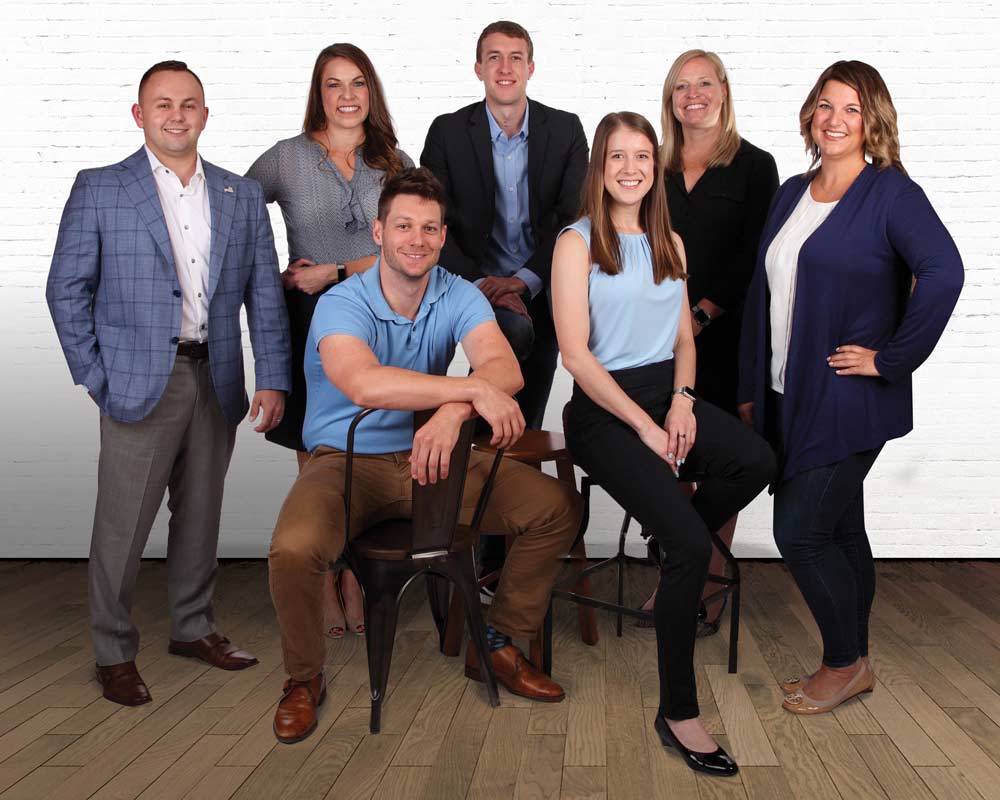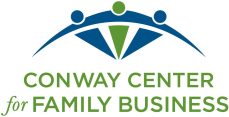Family-owned businesses are economic powerhouses that drive local, national, and global economies. Here are some statistics:
America's Economic Engine
- Family businesses account for 64 percent of U.S. gross domestic product, generate 62 percent of the country's employment, and account for 78 percent of all new job creation.1
- Family-owned businesses are the backbone of the American economy. Studies have shown about 35 percent of Fortune 500 companies are family-controlled and represent the full spectrum of American companies from small business to major corporations.2
- The greatest part of America's wealth lies with family-owned businesses. According to the US Census Bureau, family firms comprise 90 percent of all business enterprises in North America.3
- Roughly 90 percent of the families responding to a survey in "From Longevity of Firms to Trans-generational Entrepreneurship of Families: Introducing Family Entrepreneurial Orientation indicated that they control more than a single firm. The results of the survey suggest that there is strong entrepreneurial activity undertaken by controlling families beyond their core (i.e., largest) company.4
- Small businesses, including many family firms, employ just over half of US workers. Of 113.4 million non-farm private sector workers in 2011, small firms with fewer than 500 workers employed 55 million and large firms employed 58.4 million. Firms with fewer than 20 employees employed 20.2 million.5
- Research shows that family businesses are less likely to lay off employees regardless of financial performance.6

Family Businesses Have Longevity
- Recent research has shown that continued family control can be efficient, since families are, for example, able to positively affect the resource inventory and usage of their firms, apply a long-term perspective allowing for unique strategic positioning, have less human resources problems and higher firm values, or drive new entrepreneurial activity.7
- What truly drives many family businesses is the sense of connection and identity the owners and their family members feel with the business.8
- The mean age of family control in the family's core company is 60.2 years.9
- More than 30% of all family-owned businesses make the transition into the second generation. 12% will still be viable into the third generation, with only 3% of all family businesses operating at the fourth-generation level and beyond.10
- Recent research indicates, however, that the first transition has changed to 19% in the last 5 years. This is thought to be due to Millenials not wanting to take over the traditional family business, but perhaps selling and using the proceeds to start a different, but still family controlled, enterprise.10a
- The tenure of leadership in a Family Enterprise is four to five times longer than their counterparts.11
- Of primary importance among family firm wealth holders is transferring not only their financial wealth but also their values surrounding their wealth to subsequent generations. Primary values taught include encouraging children to earn their own money, philanthropy, charitable giving and volunteering.12
- The environment for innovation in family businesses improves when more generations of the owning family are actively involved in the business.13
- Family businesses retain talent better than their competitors do: only 9 percent of family businesses work forces turned over annually (versus 11 percent at non-family firms), in a Harvard Business Review study. They create a culture of commitment and purpose, avoiding layoffs during downturns, promoting from within and investing in people.14

Central Ohio has family business longevity. Meet Conway Center members from Accelerated Laboratory Logistics who recently celebrated 100 years in business. Accelerated Laboratory Logistics is recognized as the leader in providing world class laboratory relocations in the U.S.
Family Businesses Create Wealth
- Family-owned businesses have strong entrepreneurial activity across time. On average and over the family's history these families controlled 6.1 firms, created 5.4 firms, added 2.7 firms through merger and acquisition activity, spun off 1.5 firms, and shifted industry focus 2.1 times. These families exhibit a significant level of entrepreneurial activity over time, in terms of rearranging the portfolio of activities through founding activity, mergers and acquisitions, as well as divestments.15
- The largest family-owned business in the US is Wal-Mart Inc., with $499.4 billion in net sales and 2.2 million employees worldwide in 2016. 16
- 222 owners and executives of mostly mid-sized, family-owned businesses were surveyed. Approximately 70% of the respondents represented companies with revenues of $200 million or more, while 25% were with companies generating revenues of $500 million or more.17
- In the S&P 500 companies, ROI is greater in family businesses, with a 6.65 percent greater return than non-family firms.18
Family Businesses Know How to do Business Right
- Family-owned businesses practice good governance. A Harvard Business Review study showed 94 percent of surveyed family firms were controlled by supervisory or advisory boards. Family representation on these boards averaged 31 percent, demonstrating a clear separation between family and business in most cases.19
- Family businesses leaders focus on the next generation, not the next quarter. They tend to embrace strategies that put customers and employees first and emphasize social responsibility.20
- Family businesses develop leaders in unlikely places more than 40 percent of companies in the Harvard Business review study included members of the next generation on their boards and committees in order to nurture their business and management skills.21
- Family businesses have powerful internal cultures. A study of 114 family firms and 1,200 other large companies for their organizational health found that family-owned businesses scores significantly higher on things like worker motivation and leadership.22
- 74 percent believe they have a stronger culture and values than non-family firms. And, 72 percent measure success differently - not just growth and profit.23
Women Matter in Family Business
- Women are increasingly participating in family businesses leadership. Currently, 24 % of family businesses are led by a female CEO or President, and 31.3% of family businesses surveyed indicate that the next successor is a female. Nearly 60 percent of all family-owned businesses have women in top management team positions.24
- Over the past five years, woman-owned family businesses have increased by 37%.25
- Female-owned family firms are typically 10 years younger than male-owned firms and more are first-generation businesses.26
- Female-owned family firms experience greater family loyalty to the business, agreement with its goals, and pride in the business.27
- Woman-owned family firms have a 40% lower rate of family member attrition in the business.28

Family Businesses Face Big Issues
- It is estimated that 40.3 percent of family business owners expect to retire, creating a significant transition of ownership in the US. Less than half of those expecting to retire in five years have selected a successor.29
- Nearly half of family business owners (43 percent) have no succession plan in place.30
- Even though nearly 70% of family businesses would like to pass their business on to the next generation, only 30% will actually be successful at transitioning to the next generation.31
- A majority of family businesses (60 percent) believe that their ethical standards are more stringent than those of competing firms. They also report ethical standards being discussed often or always at meetings with employees, in discussions with customers and during board meetings.32
